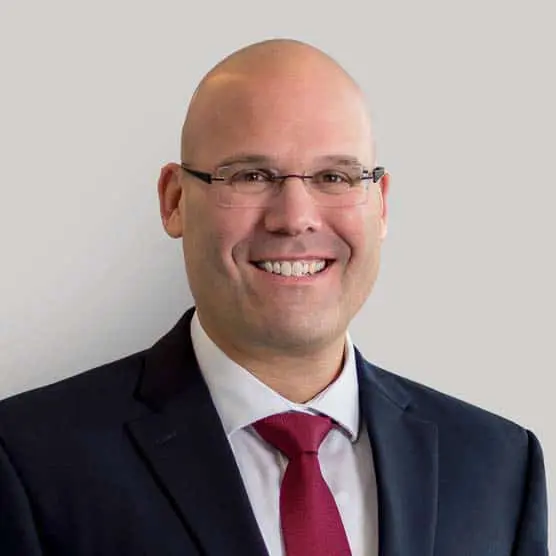The resiliency of the seniors housing and care industry was on full display at the 2022 National Investment Center (NIC) spring conference, as industry leaders convened in Dallas to discuss the post-pandemic era, connect on deals, dissect common challenges and solutions, and explore new models of community and care.
Informative conversations were aplenty at this year’s gathering, with notable topics including re-establishing pre-COVID occupancy levels, equity and debt financing options in today’s market, innovative strategies for staffing and labor, and more. As the sessions progressed, it became clear that a prevailing sentiment was shared among conference-goers: despite the very real challenges of the present and near future, the sector and its fundamentals remain strong.
Macroeconomic Influences
For a macroeconomic outlook of the industry, what better source than NIC’s chief economist, Beth Burnham Mace, who discussed Fed policy, inflation, higher interest rates, and construction trends. Inflation clearly remains top of mind, as supply chain disruptions, wage pressures, and monetary policy are all impacting seniors housing and care owner/operators. While the national headlines focus on gas prices, Mace pointed out that the economic outlook is actually considerably brighter than many acknowledge, as gross domestic product topped 5% last year and the country has gained back nearly all the jobs lost during the pandemic.
Regarding new construction, although there are plenty of challenges, there are also plenty of opportunities, as the nation’s stock is aging and the demographic blessing that is the silver tsunami starts to reach shore. Further, the new communities that are being developed often feature exciting technological advancements, giving consumers more choices as they age.
Mace noted that construction starts for independent living and assisted living have risen sharply in the past six months, not hitting peak levels of 2018 but steadily on the rise, nonetheless. Of course, the outlook varies by market, as construction as a share of inventory has dropped in general, but there are some regions where construction outpaces pre-pandemic trends, such as Washington, D.C., Miami, Atlanta, Dallas, and Portland.
Searching for Staffing Solutions
It would not be a seniors housing and care conference without a discussion of labor challenges, as the industry continues to face staffing shortages from the front line to executive positions. The dilemma is worsened by the fact that the senior living industry needs people who will work onsite, which is becoming increasingly difficult to recruit for in this era of work-from-home flexibility. Staffing session panelists pointed out that there would be a $275,000 improvement in net operating income for each community if staffing issues were fixed, demonstrating just how massive of a problem is at hand.
Possible solutions included aiming for hiring internally for at least 40% of positions, tapping into non-traditional talent pools, and looking to other industries for success stories and then trying to emulate them in the seniors sector. In one specific example, an operator in Rhode Island noted that their problem was too many open shifts, not turnover. To counter this, they offer $100 to employees who cover an open shift, a strategy that seems to be working.
Debt and Equity Trends
When the topic turned to financing options, inflation and its repercussions once again became a focal point. Panelists expressed hope that inflation would come down from its current 7% level, but acknowledged it’s likely to stay there for the year, largely due to all the stimulus funds pumped into the economy since 2020. Further complicating matters, panelists predicted that the 10-Year Treasury rate will fluctuate but remain over 2%, possibly even reaching 3% by year-end. Subsequently, interest rates are rising steadily, making this a much different lending environment than we have all experienced for the past decade.
In addition, panelists predicted that cap rates should hold steady throughout 2022. As borrowers contemplate new construction starts, it’s important to keep in mind that although the current market might result in lower returns initially, inflation should increase rent levels over time, benefitting the borrower in the long run.
There is ample equity in the current market, and the positive net absorption of the past couple of years demonstrates the resiliency of the sector and its industry partners. Panelists noted that they have not been seeing a lot of distressed assets, a good sign as the industry continues to rebuild occupancy levels.
In terms of debt trends, panelists noted that although there is no appetite for risk in the current market, bond placements are slowly picking up steam. Other financing options to keep an eye on include preferred equity and foreign money, both of which are becoming more commonly used in the industry.
Although there is clearly no shortage of challenges for the seniors housing and care industry as it continues its post-COVID recovery, this year’s spring NIC conference made it equally clear that there remain ample reasons for optimism, as most industry participants are confidently bullish on the future.

